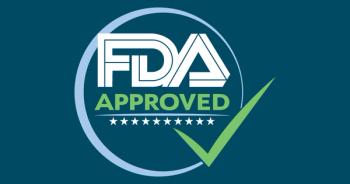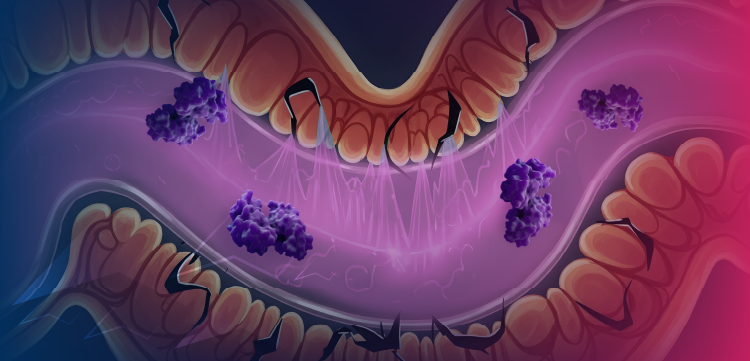
Identifying biliary atresia in primary care with Sanjiv Harpavat, MD, PhD, FAAP
Sanjiv Harpavat, MD, PhD, FAAP, lead author of a clinical report recently released by the AAP on identifying infants with biliary atresia, joined to discuss the report and guidance for primary care.
A new clinical report from the American Academy of Pediatrics (AAP) provides a streamlined approach for pediatric primary care providers to identify biliary atresia (BA) by 2-4 weeks of life, a crucial window for improving outcomes and reducing the need for liver transplantation.
"Biliary atresia is the number one reason for liver transplant in children, the number one reason for solid organ transplant in children," said Sanjiv Harpavat, MD, PhD, lead author of the report and pediatric gastroenterologist at Texas Children's Hospital. "For every pediatrician, this disease is something that will come on the radar."
Despite its rarity—affecting approximately 1 in 8,000 to 1 in 18,000 newborns annually—BA remains a significant challenge for primary care physicians (PCPs) because early symptoms, particularly jaundice, are common in healthy infants as well.
"The problem is the babies look normal at birth, and if they do develop symptoms, they develop symptoms that many babies develop already—jaundice," Harpavat explained. "So a primary care doctor is stuck with this challenge: How do I distinguish a baby with jaundice that’s one of the many, many babies that have jaundice versus a baby with jaundice that has biliary atresia?"
According to the AAP report, a three-step approach helps address this diagnostic challenge and is easily remembered by the mnemonic: "Check eyes, then poop, then first bilirubin," said Harpavat.
- Check the eyes (or skin) for jaundice beyond 2 weeks of life – Persistent jaundice warrants testing for direct or conjugated bilirubin levels.
- Evaluate stool color – Pale, gray, or white stools warrant prompt consideration for bilirubin testing, as BA prevents bilirubin from reaching the intestine to color stools.
- Review prior bilirubin levels – If a direct or conjugated bilirubin level was previously checked and found elevated, a repeat test is necessary.
According to Harpavat and colleagues, the report also simplifies bilirubin interpretation.
"It turns out, in the clinical report, it’s very clear: if [bilirubin] is greater than or equal to 1 mg / dL at that 2- to 4-week mark, call GI," Harpavat emphasized.
A new online tool, BiliScreen.org, modeled after the well-known BiliTool.org, further assists PCPs by interpreting bilirubin levels based on a few simple data inputs.
Given the increasing demands on PCPs, the report integrates BA screening into the routine 2- to 4-week well-child visit outlined in the Bright Futures/AAP periodicity schedule.
"Primary care doctors are overworked. They’re tasked with doing many, many things," Harpavat acknowledged. "This clinical report simplifies it with this quick checklist in their mind: check eyes, then poop, then first Billy."
Early detection is essential. According to the report, BA patients have the best outcomes when the Kasai portoenterostomy procedure is performed before 30-45 days of life. However, most infants in the U.S. are diagnosed after 60 days, leading to worse outcomes and higher rates of liver transplantation.
By following this structured approach, PCPs can facilitate earlier referrals and improve the prognosis for affected infants.
"The idea is, even though it’s a complicated disease, this shouldn’t be hard. It shouldn’t be a burden for primary care doctors to do," Harpavat concluded.
Reference:
Harpavat S, Aucott SW, Karpen SJ, et al; American Academy of Pediatrics, Section on Gastroenterology, Hepatology, and Nutrition; Committee on Fetus and Newborn; Section on Surgery. Guidance for the Primary Care Provider in Identifying Infants With Biliary Atresia by 2–4 Weeks of Life: Clinical Report. Pediatrics. 2025;155(3):e2024070077. doi:10.1542/peds.2024-070077
Newsletter
Access practical, evidence-based guidance to support better care for our youngest patients. Join our email list for the latest clinical updates.








